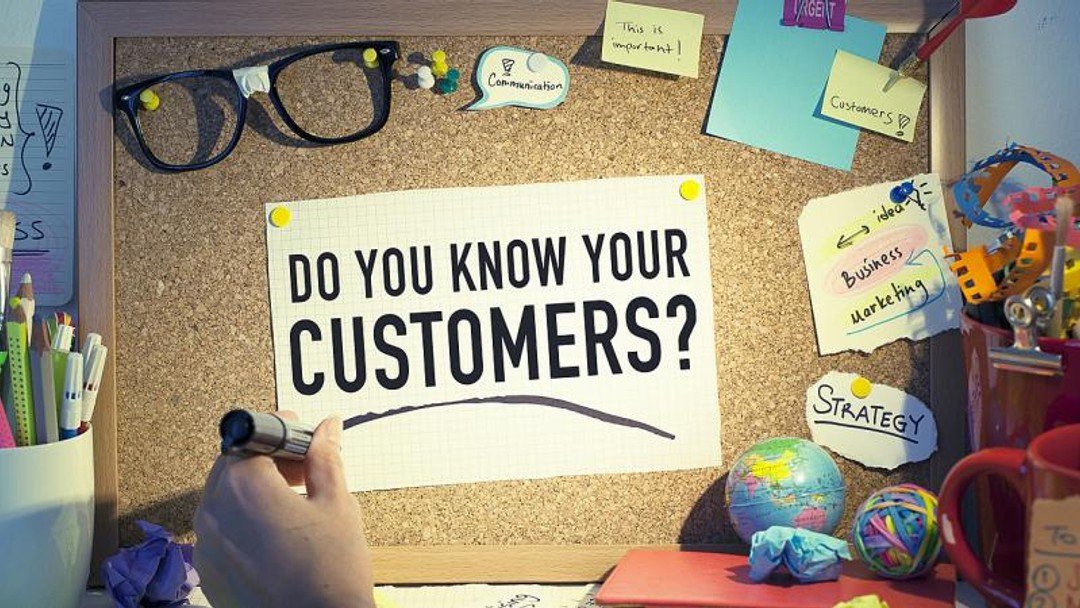Use journey mapping to understand your clients

By
Plotting each point of a client's interaction with your firm can help you improve the delivery of legal services and deepen key relationships, advises Adrienne Halladay
Outside the legal industry, journey mapping isn’t a new concept – in fact, it is used by many companies to drive growth and to better understand their clients. However, within the legal arena, this is something that has not yet been widely embraced.
But journey mapping can help you better understand your existing and potential clients, improve your client’s journey experience, and ultimately differentiate your firm from your competitors to gain a greater share of the marketplace.
Quite simply, journey mapping illustrates each point of a client’s interaction with your firm and provides you with a better understanding of what the client goes through as they engage with both their solicitor and with your firm as a whole. Client journey maps allow you to take a careful look at whether your direction and approach is suitable. It’s a useful tool that allows you to identify gaps in your marketing, sales, and service processes.
In its simplest form, a client journey map is a document that tells you:
How people find you;
How and when people engage you;
The relationship stages between you and your client (good and bad);
- When clients become ex-clients; andHow past clients can become repeat clients.
The result of a journey-mapping exercise should be an in-depth understanding of the client’s experience which can allow firms to improve upon the delivery of legal services, anticipate needs, and ultimately deepen key client relationships. It should allow you to see how to turn your clients into repeat clients.
A typical client journey map questionnaire should give you sufficient data to understand who your clients are, what they ‘purchase’ from you, who they engage with at your firm, and whether they were happy with their journey:
Build a typical client profile and describe, where possible, the client’s personal and business situation now and their ambitions for the future;
Create a client relationship map by answering the questions: what do we do for them? Who deals with them? What do they do for us?
Describe the client’s desired outcome – what are they trying to achieve?
List all the actions that the client has to take to reach that outcome;
Underneath every action, list all channels and touchpoint services the client encounters, not just yours;
Identify the moments of truth when the client encounters your touchpoints;
Underneath every touchpoint, write down who delivers the service. Who is directly responsible for it?
Ascertain how the client felt during their journey with their point of contact and with your firm, using a scale from zero to ten; and
Improve and innovate: if you are getting low grades, why? What can you do about it? How can you improve? This is the opportunity to use creative, brainstorming techniques to improve your client’s journey experience.
Content strategy
Content strategy starts with planning and journey maps should be part of that planning stage: it tells you exactly where you have content that touches all of the stages of the journey, and at the same time it also tells you where there are gaps that need to be rectified. It is a simple way of stepping back and really understanding what your clients are going through, either with you or with your competition. It reminds you of the need to add value wherever possible.
But many firms end their mapping process there, at the point where a prospect becomes a new client. However, you should never think of a new contract as the end of the client journey – after all, it could be the beginning of a long relationship. So your journey map should also explore what goes on during the client engagement, what happens between engagements, and how you can encourage former clients to become reliable sources of referrals and to become repeat clients.
Spend some time finding out about your client, understanding what they need – and not what you perceive they need – and learning what client service they received from your firm. Understanding this may indeed give you the competitive edge.
Adrienne Halladay is a marketing consultant at Symphony Legal
@symphony_legal www.symphonylegal.com